All About Buttermilk & Buttermilk Substitute
What is Buttermilk?
The Original Buttermilk
In order to understand what buttermilk is today, it is important to look back at what it was originally. The history of buttermilk is actually quite fascinating, with much more to know than one might realize. The original buttermilk is something very different than what we understand it to be today. In short, true buttermilk, the original buttermilk, was the liquid that was leftover after cream was churned into butter.

Fresh butter and buttermilk separating after cream has been whipped past the whipped cream stage.
This byproduct of cream being churned into butter was a thin but rich tasting liquid that was either sweet or sour. It was common, due to lack of refrigeration, for butter to be churned from milk that was starting to sour, therefore this beverage was often sour tasting as well. However, if butter was churned from fresh cream, the buttermilk would be sweet tasting.
The creation of baking soda and its popularity in baking in the mid 1800’s was the defining event that launched the original buttermilk’s common use in baking. Because baking soda needs an acidic component in the recipe to work properly, Arm & Hammer started publishing recipes calling for “sour milk” or “buttermilk”, which they used as synonyms.
 Modern Buttermilk (Cultured Buttermilk)
Modern Buttermilk (Cultured Buttermilk)
These days, buttermilk is something completely different than that thin liquid that was the byproduct of butter being churned. Modern buttermilk is a thick beverage that has been cultured causing it to taste very tangy and to be on the acidic side of the ph scale.
With the development of modern refrigeration in the 20th century, naturally occurring “soured milk” was becoming more rare. The dairy industry keyed in on this need that was going unfulfilled, and began creating the product we know today as buttermilk.
You may notice that most buttermilk sold in stores is labeled as “reduced fat” or “low fat” buttermilk even though its texture is very thick and creamy. Low fat milk was originally used to make buttermilk because it was cheaper than whole milk and the bacteria cultures added to the milk caused it to become very thick and creamy.
Buttermilk’s Role in Baking
Flavor
Buttermilk is used in many baking recipes simply because of the flavor it brings to the baked goods. Buttermilk biscuits and buttermilk pancakes are two very common examples of where you see buttermilk used as a key ingredient instead of just a supporting role. The tanginess of buttermilk is an iconic flavor in many classic southern baked goods.
To Assist with Leavening (Making your Baked Goods Rise)
While buttermilk is often used in baking because of the tangy flavor it brings, it also plays an important role in helping to make baked goods rise. When baking soda is called for, the recipe must also contain an acidic ingredient for the baking soda to react with in order to do its job of leavening the baked good. Buttermilk is often used in combination with baking soda for this purpose.
Buttermilk Substitute
If you are like me, buttermilk is not always something you have on hand. But the good news is that making a buttermilk substitute is quite easy and you have a few options for making it. All of these buttermilk substitutes will mimic the tangy flavor profile that buttermilk adds to baked goods, and will also play the role of the acidic component when paired with baking soda.
Substituting Plain Milk for Buttermilk
If you are making a recipe that does not call for baking soda, plain milk can be substituted for buttermilk. Be aware that the acidic properties of buttermilk help tenderize and flavor the baked good so your results will vary by using plain milk in place of buttermilk. If your recipe calls for baking soda then you need to make a true buttermilk substitute.
Milk & Vinegar or Lemon Juice
Probably the easiest and most convenient buttermilk substitute is to use regular milk and mix it with a little bit of acid. All you need to do to make 1 cup of buttermilk substitute is measure out 1 TBSP of white vinegar or lemon juice and add enough milk to equal 1 cup. Stir and let sit for about 5 minutes, then use it in your recipe.
Sour Cream or Plain Yogurt
Because they are also cultured dairy products, sour cream and plain yogurt can also be perfect buttermilk substitutes. You do need to dilute them down with a little bit of water until they are about the thickness of buttermilk. For 1 cup of buttermilk, use about 3/4 cup of sour cream or plain yogurt and 1/4 cup of water. Stir together.
Drinkable Yogurt (Such as Kefir or Filmjölk)
Though probably less common to have on hand than the other options, plain drinkable yogurt such as kefir or filmjölk can be used as a buttermilk substitute cup for cup.
Other Tips About Buttermilk
Storing
If you do have fresh buttermilk on hand, it will last in your refrigerator for 2-3 weeks after opening. Be aware that buttermilk can tend to separate after sitting for some time, but just give it a little shake and it will come back together.
If you have leftover buttermilk, you might consider freezing it in 1/2 cup portions to increase its shelf life to 3 months. It freezes very well.
Powdered Buttermilk
If you are an avid baker, it might be worth it for you to add powdered buttermilk to your pantry. Much like powdered milk, dried buttermilk can be hydrated at a moments notice when you need it for a recipe.
My Favorite Recipes Using Buttermilk
Old-Fashioned Lard Buttermilk Biscuits
Fluffy Blueberry Buttermilk Pancakes
Buttermilk Raspberry Scones with Buttermilk Glaze

Buttermilk Substitute
If you ever find yourself in a pinch and need buttermilk but do not have any on hand, it is very easy to make a buttermilk substitute. There are several options for making a buttermilk substitute with common ingredients from your refrigerator and pantry!
Ingredients
To Substitute with Milk
- 1 TBSP (15 ml) white vinegar or lemon juice
- scant cup of milk (222 ml)
to Substitute with Sour Cream or Yogurt
- 1/4 cup (59 ml) water
- 3/4 cup (180 gr) sour cream or plain yogurt
To Substitute with Drinkable Yogurts
- 1 cup (237 ml) plain drinkable yogurt (such as kefir or filmjölk)
Instructions
For Vinegar or Lemon Juice Buttermilk Substitute
- Measure out the white vinegar or lemon juice and add enough milk to equal 1 cup. Stir and let sit for 5 minutes.
- Use in place of 1 cup of buttermilk.
For Sour Cream or Plain Yogurt Buttermilk Substitute
- Stir together the sour cream or plain yogurt and the water.
- Use in place of 1 cup of buttermilk.
For Drinkable Yogurt Buttermilk Substitute
- Use the plain drinkable yogurt cup for cup in place of buttermilk in your recipe.





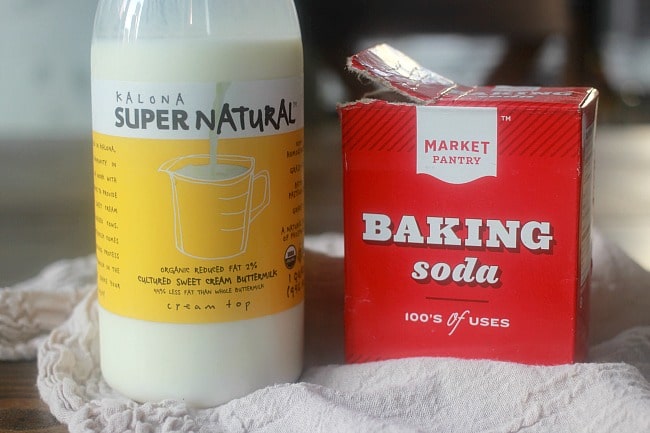
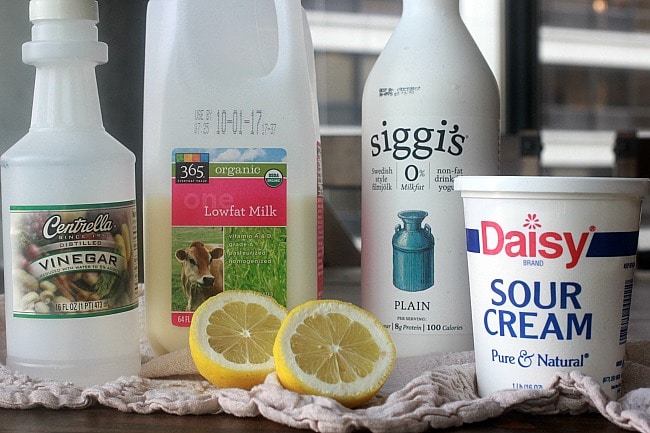
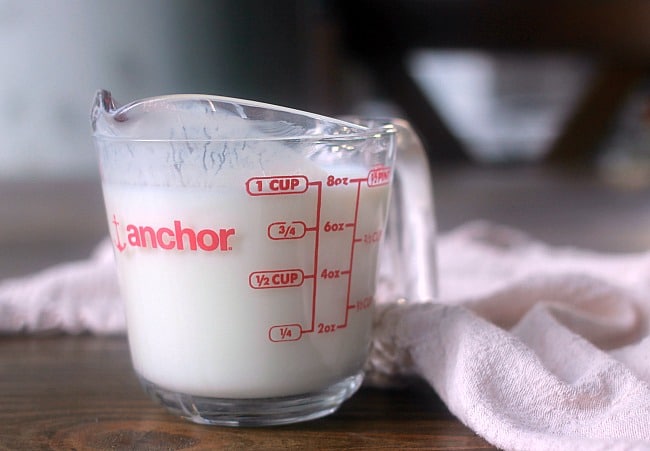
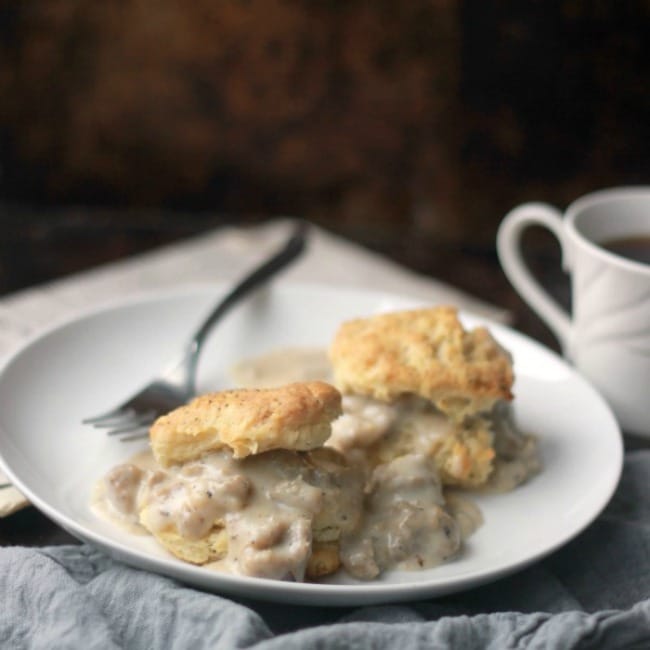
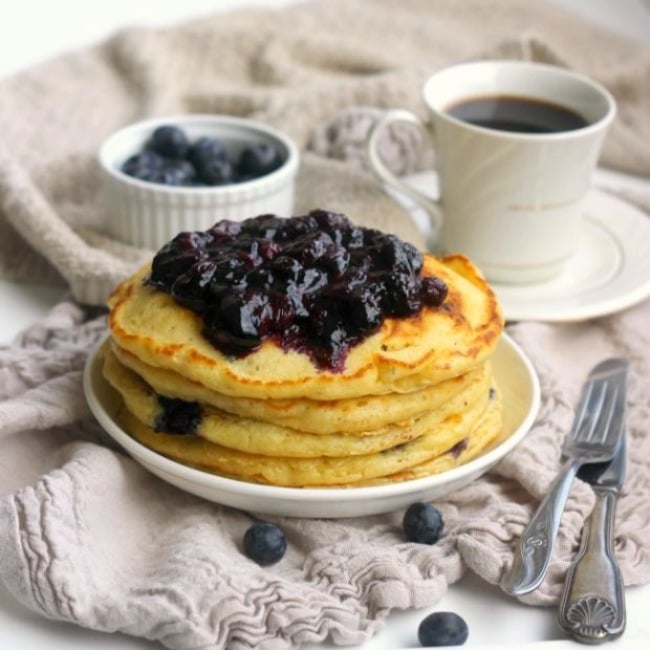
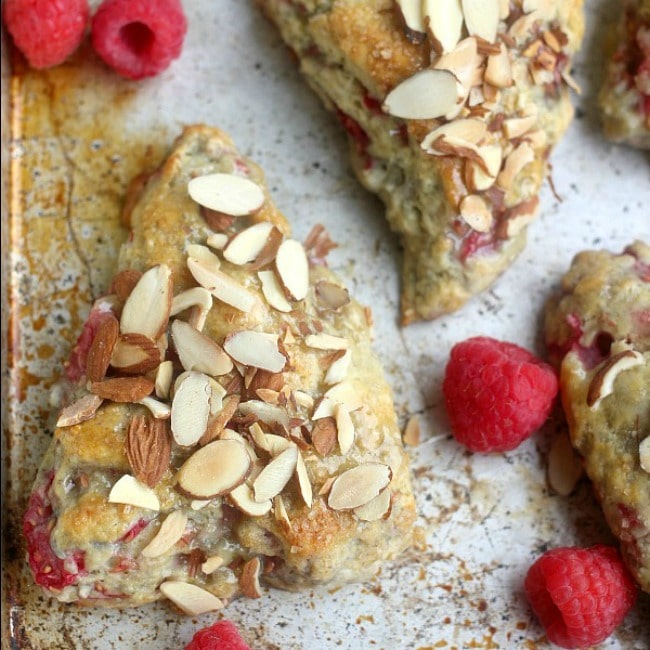
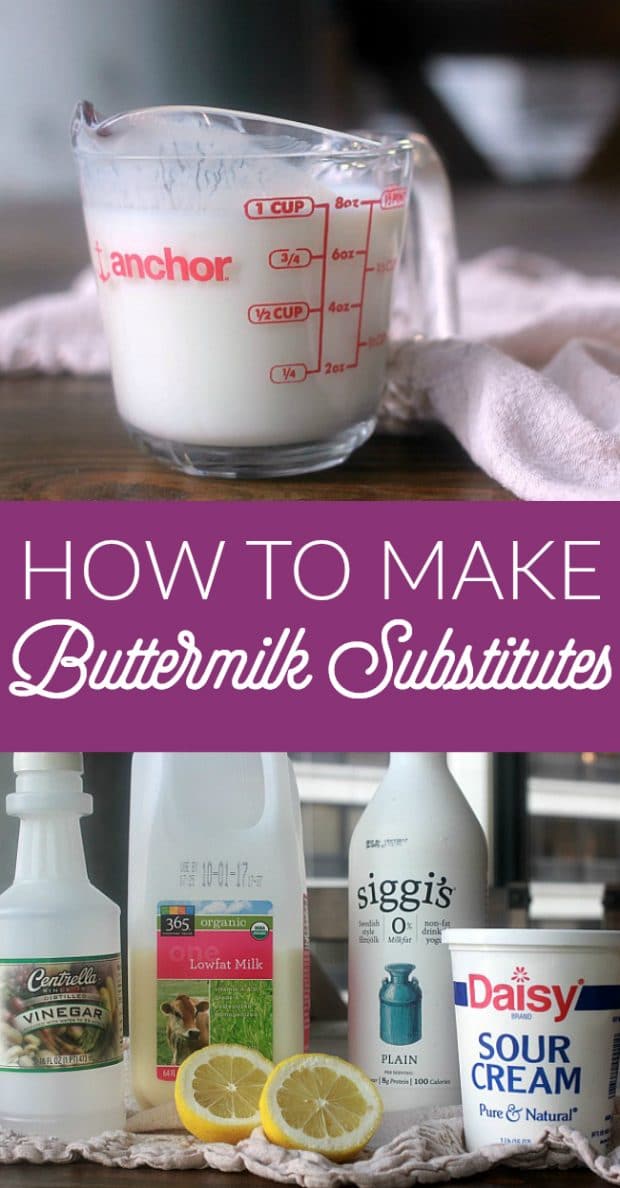
13 Comments on “All About Buttermilk & Buttermilk Substitute”
Love this Kristin!!! And I have to find that Kalona buttermilk. I love the brand, but I haven’t seen the buttermilk in stores near me.
Thanks lady! I found the Kalona at whole foods!
How much water to add if you use plain greek yogurt?
I am so thrilled to find recipes that use Kefir as a substitute for buttermilk. I am trying some recipes today and will comment on how they come out
If you can’t have dairy,can you use alt milk with lemon juice / vinegar as a substitute for buttermilk?
Yes, you can!
Thank you very much.
Do you put the viniger or lemon juice in the sour cream and yogurt as well?
No, you can use the sour cream and yogurt as is.
Question… Can I use apple cider vinegar instead of white vinegar for buttermilk substitute?
I don’t suggest it. If you don’t have white vinegar you can use lemon juice
Thanks bunches. I had never realized that many remedies.
Yes! It’s handy to have a back-up in case you need it.